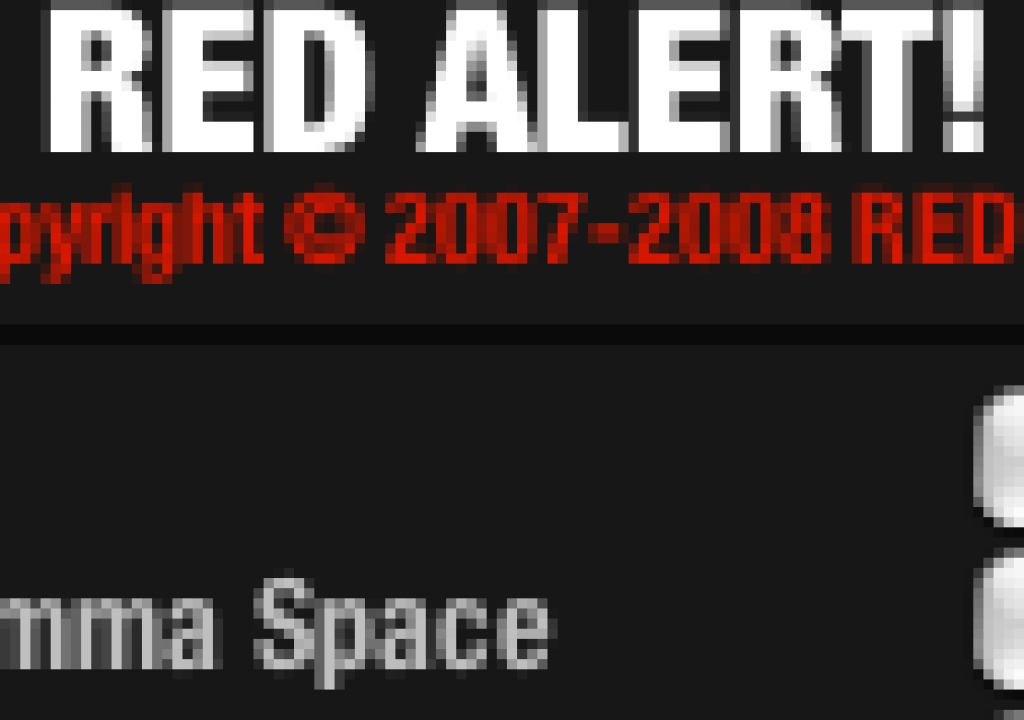If you’re a regular at this site you may recall 5 Tips to Maintain Sanity in RED Post.. The key point of that article was to assert that since you cannot write an R3D file, you must convert and it is best to do so early in order to save many wasted cycles processing full 4K (when the output is actually HD or less). Today’s tip tells how to convert an R3D losslessly to either 10-bit Cineon or 16-bit TIFF, and it’s backed up by a whitepaper from Autodesk.
It should be noted that there is a big difference between preserving color data and preserving color intent. The latter remains challenging with R3D, but as long as no DP or Director insists on the exact color seen on an on-set preview monitor, this workflow does preserve all color information and thus give you the dynamic range needed to get there without having to hold on to the R3D through your pipeline.
For this article I will assume the use of REDAlert, but the same settings work whether you’re converting an entire project with Crimson or Monkey or instead working in another tool that can apply settings directly to an R3D.
16 bit TIFF
The TIFF format’s 16 bits make for a file that is 60% larger than the equivalent 10 bit DPX (yes the math really is that simple, and it adds up across a shot or sequence), but the colors will look correct on your monitor with no LUT or conversion applied and thus this format is the most popular. Set the Color Space to REDspace and the Output LUT/Gamma Space to Rec709.
The resulting image will look a little dark if shot for 320 ISO, but you can optionally open the Histogram and boost Brightness until just below the point where you see clipping (indicated by rectangular red, green or blue flags at the right of the histogram).
That red square on the right indicates clipping in the red channel; don’t export until you’ve eliminated it.
In this case, simply raising DRX to balance the highlights eliminates the clipping.
Standard Cineon Log DPX
To convert to the standard film workflow, and in the words of the Autodesk document, “get the tone scale approximately correct,” set the Color Space to REDspace (or CameraRGB), use any ISO and Kelvin settings specified in the camera report and set Output LUT/Gamma Space to PDlog 985. Reduce Exposure 2 stops: -2.00 setting.
The Autodesk paper also cautions that “colors will seem washed out compared to film capture” and recommends a boost to saturation (which may best be done during color matching/correction, not at conversion, to avoid any clipping).
In After Effects, open Interpret Footage, Color Management tab and click Cineon Settings. If it’s not already selected, use the Standard profile with all the defaults and click OK.
So which format is best?
TIFF is best if you can’t stand working with images that don’t look right when simply double-clicked and opened, and if your destination is digital video. Cineon Log is appropriate when going to film or in any pipeline that anticipates using this format, such as certain color correction suites. As a final note, RED is technically a 12 bit format, but that linear 16 and log 10 have the capacity to handle the data effectively losslessly.

